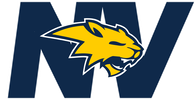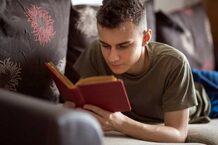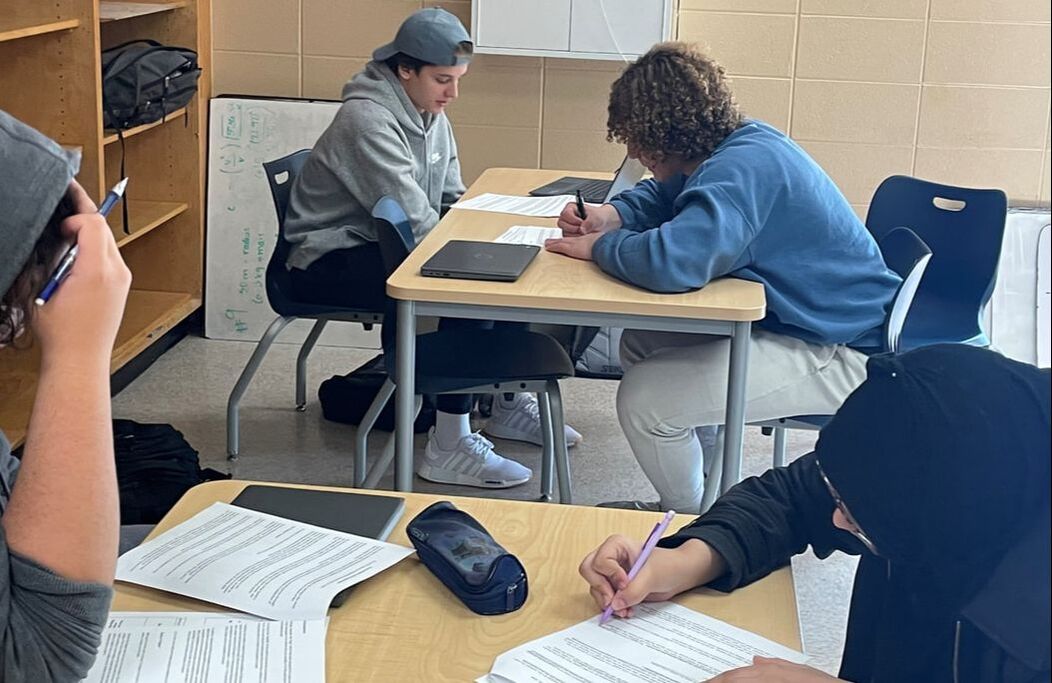|
1
Start with a short piece of text. 2 Engage students with the text: → Read → Re-read → Stop & Think → Annotate/Markup → In your own words... → Sketch or Draw 3 Find a complimentary visual of some type or ask students to create one: → Graph → Chart → Table → Picture |
We want students to make connections between text evidence and visual evidence. This helps them be able to synthesize a common or complimentary meaning. It is about engagement and comprehension.
But first, we need to get Text on the Table, Visuals helps provide and alternate but similar form of information for students. Below, are recommended resources for finding possible graphs, charts, tables and pictures.
Big Think: Strange Maps: https://bigthink.com/strange-maps/ NBC News Graphics: https://www.nbcnews.com/datagraphics NY Times: The Learning Network: Topics: What’s Going On In this Picture? / What’s Going On In This Graph? Our World in Data: https://ourworldindata.org/ Resources: Teaching Hub Slow Reveal Graphs: https://slowrevealgraphs.com/ Chartr: http://www.chartr.co - Data Storytelling Turner’s Graph of the Week: https://www.turnersgraphoftheweek.com/ USA Today: Visual Explainers: https://www.usatoday.com/graphics/ Washington Post: How to Read This Chart: https://www.washingtonpost.com/newsletters/how-to-read-this-chart/ |
'QUE' your Curiosity
Working with 'text on the table' allows students to both acquire information and create new learning. The latter can best be done when students use readings to form and ask good questions.
|
Students are very accustomed to answering questions - not so much creating them. Our February Text on the Table Challenge will focus on students creationg questions based on a short reading of your choosing. We will follow three similar patterns:
|
We are prioritizing QUESTIONS, not answers. We want what students write or share to end with a question mark, with the purpose of revealing things like predictions, summaries and inferences.
AFTER Questions |
An EXAMPLE |
|
After reading, our focus is on inference. It's about finding deeper, more meaningful or connected meanings. Often a reading brings froth an issue, concept or situation that begs for a response, answer or solution. What kinds of questions would illicit those types of conclusions?
|
How might something like this all be put together? Building on the photograph above, here is an example:
|
Ready for a CHALLENGE?

Win Donuts for your Department, Popcorn for your PLC or Candy for your Classroom - along with other prizes. We will also give a prize to the department with the most submissions. LEARN MORE
COMPREHENSION matters in every academic area. It opens the gateway to making sense of new information and growing students' ability to do something with it. When students don't read they don't learn to comprehend. Putting TEXT on the TABLE changes that and supports active and engaged learning.
★ ACTIVE PreparationPREDICTION is a powerful preparation tool.
Think about: Showing a picture or other visual that connects with the content of the reading. Ask students to make predictions before they read based on titles, pictures, captions or other background information. What other information might compliment the text that might activate thinking about the purpose of what they are going to read? ★ ACTIVE ProcessingTo develop deeper understandings about what they read, students need to go back and review text once they’ve read it. Good reading questions require students to even re-read the text.
By journaling or saving work for later reflection, students process their own understanding in a more significant way. This helps students be metacognitive and helps you better look at growth over time. For example, keeping a Main Idea Journal reminds students the importance of the main idea anytime they read. Ready for a CHALLENGE?Win Donuts for your Department, Popcorn for your PLC or Candy for your Classroom - along with other prizes. LEARN MORE
Sample Text Selection
Click to enlarge |
★ ACTIVE ReadingFor students, reading is generally a passive activity. To more fully engage students, make reading more active. Active Readers use certain tools.
Consider: Index Cards are great for quick checks for understanding or summaries that can be easily collected and kept. Post-it Notes are great for both quick checks and marking passages or sections according to the purpose you set for the reading. Highlighters give students a chance to mark specifics within a text, helping them read for detail. ★ Comprehension CUESStudents need direct verbal cues from you to focus them on the skill and concept.
|
Choose a Reading
It does not need to be long or thick - it just needs to be relevant. Format the selection into paragraphs or sections. This helps students see where to stop, think, or otherwise process.
BEFORE handing out the reading, what can you do to prepare students to be active readers? Ask them to make predictions based on cues you provide.
Once they have the reading, what will they do while reading? Read with something in their hand to mark it up? Partner read? Stop and summarize? Read once silently then process as a group?
Once students finish, how will they process what they learned - not just what they read. Can they journal or otherwise express what they now know?
|














